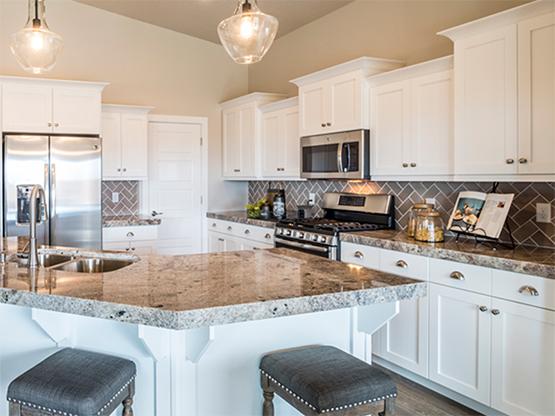
Ence Homes has model homes scattered across the St. George area. Each community has something unique to offer for your new home. If it's the beautiful views of the Red Mountain or the recreation of Sand Hollow Reservoir you prefer we have a community to meet your needs. Ence Homes has been one of the top new home builders in Southern Utah for over 50 years. Please call our new homes specialist for help in finding the right community for you, 435.215.7062.
Learn More
When building with Ence Homes you will get to work with the best in the business. A sales executive will help you choose the lot and home that best fits your needs. After deciding what home and homesite you want you will have a professional designer help you make your color choices to ensure that the home fits the style you want and within your budget. After that you will have a project manager ensuring that your home is built to the high standards that we hold here at Ence Homes. When you move into your new home we will be there with a 10 year limited home warranty.
Learn More






Leave a Reply
Want to join the discussion?Feel free to contribute!